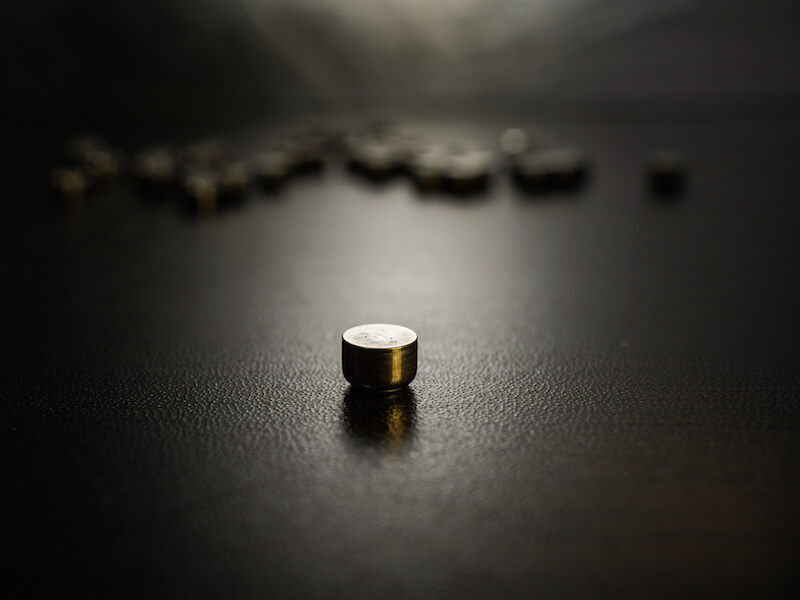
From cameras to phones to music players, how we power our electronics has evolved. For decades, individuals looking to address hearing loss have hoped for a similar advancement, and the industry is finally realizing the promise of a robust rechargeable hearing aid battery.
Size 312 batteries are the most common of the disposable batteries that have traditionally been used to power hearing aids. The most popular form of this battery, now, is “zinc-ion”.
The Drawback to Disposable Hearing Aid Batteries
The presence of air impacts a zinc-air battery, as the name suggests. Regarding the 312 batteries used in a lot of hearing aids, the user is required to pull a small tab off the back of the battery before it’s activated and functional.
They will start losing power the moment they are fully oxygenated. That means power is start to deplete whether the user is ready for it or not.
The biggest drawback to disposable batteries, for the majority of users, is how long they last. Some reports have estimated the average life expectancy of a size 312 disposable battery to be from 3 and 12 days, which means users may need to switch out their batteries around 120 times every year.
Because of this, besides having to buy 120 batteries, the user will have to change and correctly dispose of batteries at least twice a week. From a cost point of view alone, that likely means over $100 in battery costs.
Improvements in Rechargeable Batteries
Fortunately, for hearing aid users in search of another approach, there have been significant improvements to rechargeable hearing aids that now make them a feasible solution.
The vast majority of people would use rechargeable hearing aids if given a choice according to some studies. Until now these models have traditionally struggled to give a long enough charge to make them practical. But today’s rechargeable batteries will last all day without requiring a recharge.
Users won’t see substantial cost benefits by changing to rechargeable batteries, but where they will see a demonstrated improvement is in quality of life.
These modern models provide less aggravation on top of keeping a 24 hour charge because the user doesn’t have the burden of constantly swapping out the batteries. Instead, they only need to take out the battery and put them in a convenient tabletop charger.
A disposable battery nearing the end of its life simply can’t operate at full capacity. There’s also no real way to identify how close to being inoperable the battery really is. So the batteries could die at the exact moment that a user needs them the most which might even put them in danger. A faulty battery will not only cause a safety hazard, it could cause the user to miss key life moments.
Types of Rechargeable Hearing Aid Batteries
There are distinct benefits to each of the different materials that rechargeable batteries are made of. Integrated lithium-ion batteries are one alternative being used by manufacturers because of their ability to hold a 24-hour charge. And smart-phones are powered by this same type of battery which may be surprising.
Another type of contemporary rechargeable battery is a silver-zinc. This innovative technology was initially manufactured for NASA’s Apollo missions to the moon. You can even use this technology to modify and retrofit the existing hearing aids you’re comfortable with by changing the device to rechargeable power. Just like lithium-ion, silver-zinc can also produce enough power to last you all day.
There are also models that allow you to recharge the hearing aid without taking out the battery. At night, or at some other time when the hearing aid is not in use, the entire hearing aid can be placed right into the charger
While each of these rechargeable strategies provides significant advantages over disposable batteries, each option should be properly vetted to get a complete picture and to discover if it’s best for you.
If you’re searching for more information about hearing aid technology or how to determine the proper hearing aid to satisfy your needs, we encourage you to take a look at our hearing aids section.

